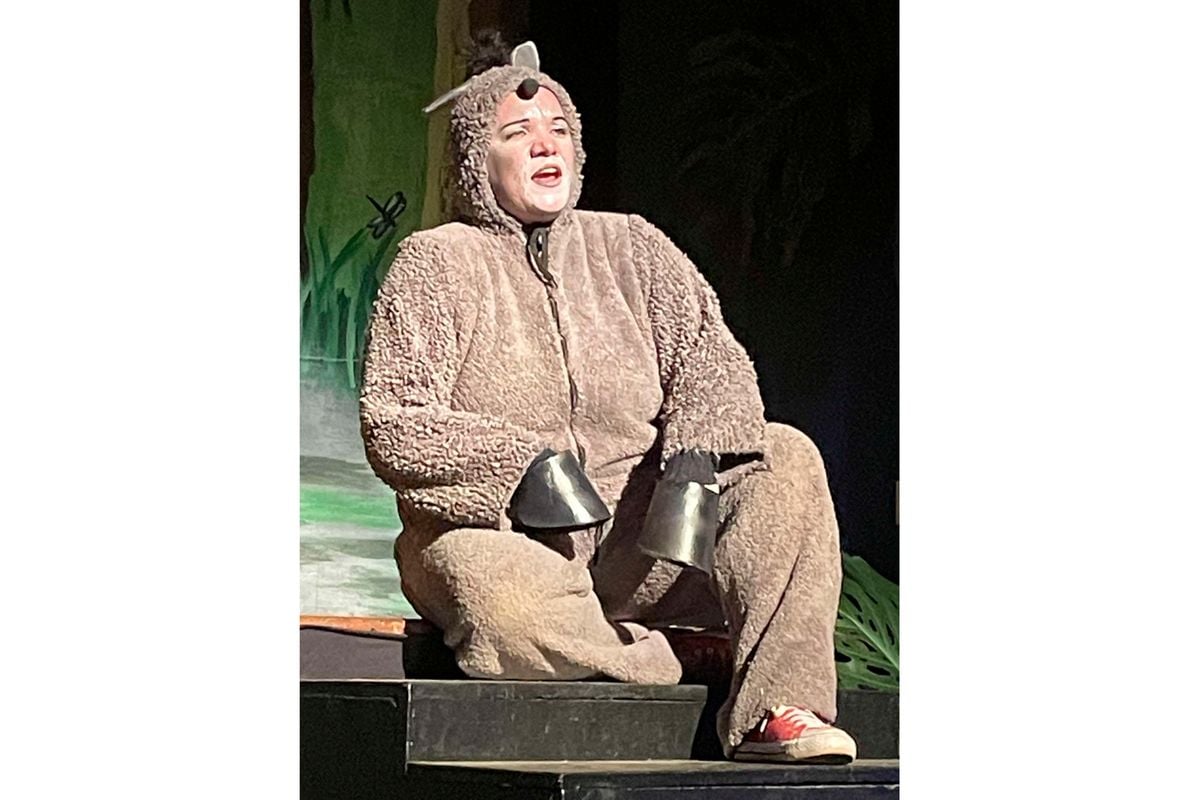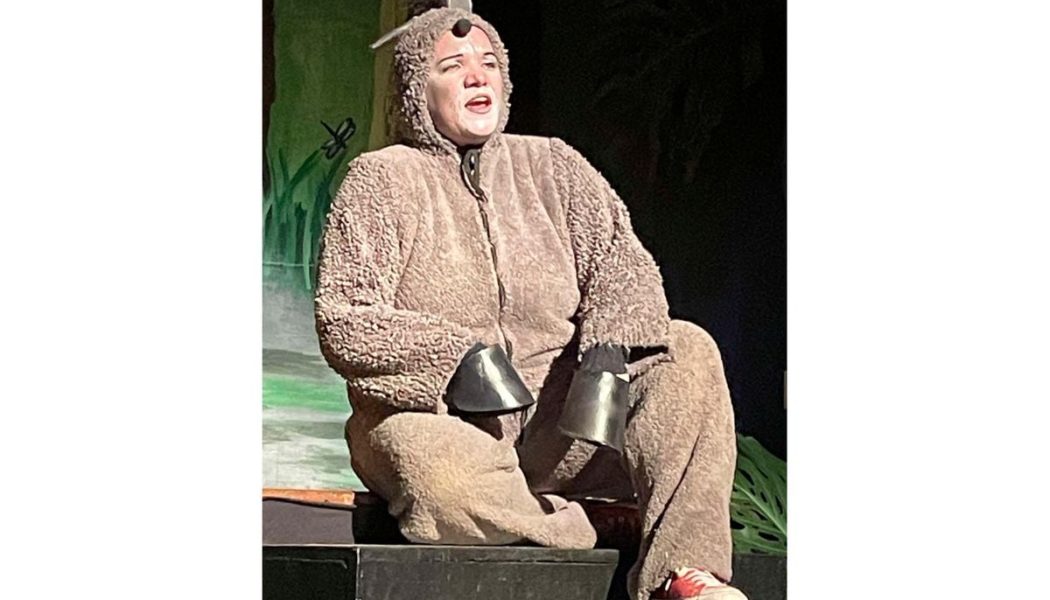
Practically everyone knows the story of The Lion King. They have seen it either live on Broadway or the West End or on either one or both of Disney’s film versions of this spectacular production, rumored to have been inspired by the Kenyan countryside as well our fauna and flora.
They know that it’s a story about succession, toxic jealousy, envy, and treachery leading to the murder of one brother by another (similar to Cain and Abel’s story in the Bible.) It’s also about the beauty of Africa and the humanising of its wildlife.
So when the Banda School decided to stage this award-winning musical, adapted and directed by another award-winning actor-singer Emma Whithill, who many theatre lovers of her work with Kenya Amateur Dramatics Society (KADS), came to see her last musical before she left town. They gave her and her cast and crew multiple standing ovations for their marvelous performance.
Now became the issue of how each element of the show fit together and how that fit made one feel the musical was almost perfect (for a middle school production played by 11 to 13- year-olds), much like a picture puzzle whose parts fit together into a practically perfect whole.
Those elements include everything from the adaptation and editing of the script to the costuming including the headdresses, masks and make-up, to the music, chorus, solo vocalist, sound, and lighting, to choreography, set design, and acting including the directing of the whole musical by the uber-talented performing artist Emma Whithill.
The Lion King was her last show she was staging before her departure from the Banda for greener pastures. So this musical was one of mixed emotions among her students and herself as she is much loved by them and the whole school. She’s a dynamo who has inspired and super-charged up like an Energizer battery that can light up a whole room with its light and glorious glow.
But as an adapter of the of the script, she can be criticised by anyone who had seen the complete production live and felt too much of Lion King had been removed for their taste. They are entitled to their opinion. But a vast number of others are far more positive and appreciative of the entire musical.
Another element that hit us once we walked into Banda’s social hall was the costuming, especially the headdresses, crown, and hand-painted masks which were striking to see. The most stunning to our taste, was the gorgeous gown worn by the prophetess, Rafiki (Maya Monte) who came on stage whenever someone needed her wisdom and foresight.
And as for headdresses, the most beautiful were worn by the first lion king Mufaso, then by the young prince Simba and Spark, the cynical villain whose jealousy and envy of his older brother created the central conflict in the show. But even the wildlife, especially those produced by creative crafts women and maybe some guys.
But that was unlikely since the show was staged mainly by girls (apart from the sound, which could have been better) not boys. As a result, there was a strong androgenous spirt that ran throughout the musical. It was reinforced by the fact that very few boys chose to be part of the production. As a result, girls took up roles that normally would have been grabbed by boys.
And the music was performed by a single pianist, (one of the teachers at the school) who was backed up by a large chorus of, again, mainly girls who also danced to both African and contemporary sounds. The chorus was the best space to accommodate the large number of students who wanted to be in the show but weren’t chosen to be a lead.
One student who was chosen to be the star and solo singer was Maya Monte as Rafiki who also played the part of the prophetess.
She was also the one who wore the most glorious gown with jewelry and makeup to match.
Then came the set design which was layered with its movable parts all looking green and jungle-like; the mobile parts making it easy to transition from one scene to the next.
Finally, the acting was successful, making it the last element to make the production complete. It was effective in telling the story. But frankly, it was overshadowed by the showcase of costumes, crowns, and ingenious set designs and made this version of The Lion King in Kenya the best.









